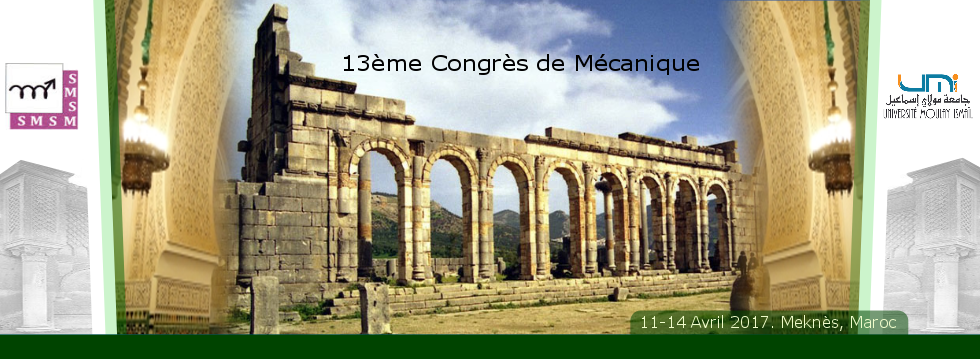The paper describes reacting flow analysis of a gas turbine combustion system. The method is based on the solution of Navier-Stokes unsteady equations using unstructured grid due to the complexity of geometry of the combustor. Turbulent swirling flow in can-type model of a gas turbine combustor is computationally investigated. The turbulence effect are modelled through the basic modeling strategy, a two and three-dimensional Unsteady Reynolds Averaged Navier-Stokes (URANS) approach is applied, employing a differential Reynolds Stress Turbulence model (RSM and SST k-w). The combustion system includes swirler vane passages, fuel nozzeles, swirl cone, and all holes in ptimary, dilution. The total geometry gas been created using the pre-processing GAMBIT and SolidWorks, and the meshing has been done using GAMBIT, and the analysis carried out in ANSYS FLUENT 14.0 solver. Numerical predictions of the mean flow field showed a large inner recirculation zone and an outer recirculation zone which represents a typical result of confined swirl flames. This comparaison shows the importance of three-dimensional effects combined with flow unsteadiness.



